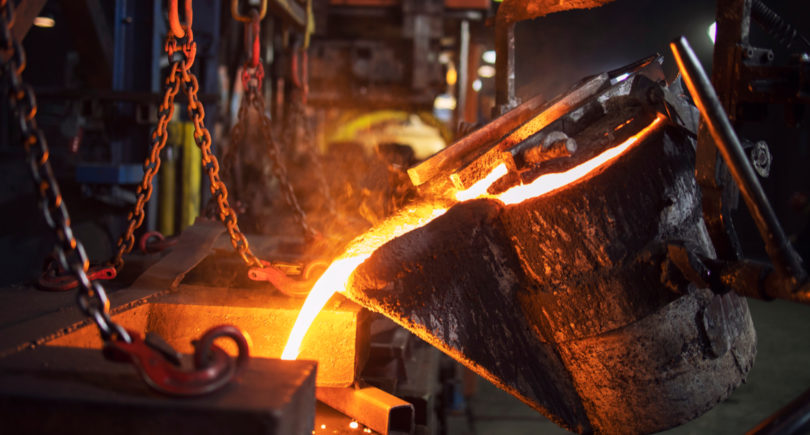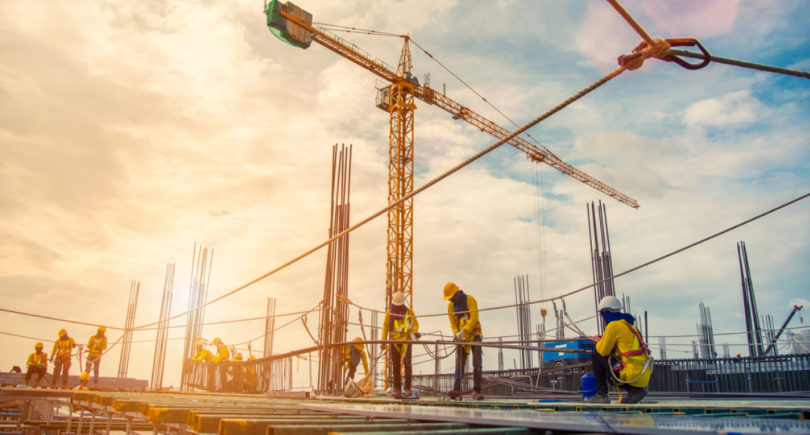
News Global Market India 1018 16 January 2023
The country will also express concerns about the EU-proposed CBAM
In the course of negotiations on a new trade agreement, India will seek to reduce quotas and trade duties on steel imports in the EU. Reuters informs about it with the reference to senior government official.
Last year, the parties resumed negotiations on a free trade agreement, which are planned to be completed by the end of 2023. The EU uses a system of quotas and tariffs to protect its steel industry. In addition to India, the main exporters of steel to the European Union are China, the Russian Federation, South Korea, Turkiye and Ukraine. At the same time, Indian steelmakers are trying to return to the European market, and are raising this issue before their government.
India is also expected to raise concerns about the EU’s proposed carbon border adjustment mechanism (CBAM) on goods such as steel and cement during the talks.
In addition, India is trying to protect its own market. In particular, the country has launched four anti-dumping investigations against Chinese imports of stainless steel. India is also working on a proposal to introduce 23 new controls to check imports, the source said. New Delhi is considering securing supplies of coking coal from new markets such as Mongolia, and the country’s steel ministry is promoting a proposal to lower import duties on the raw material.
As GMK Center reported earlier, the steel companies of India in December 2022 reduced exports of steel by 45% compared to the same month of 2021 – to 440,000 tons. Compared to the previous month, the indicator increased by 31%. During April-December 2022 (fiscal year 2022/2023), Indian steelmakers reduced steel exports by 54% y/y – to 10.33 million tons.
A sharp drop in the volume of exports of steel products is caused by export duties on local steel, which were charged from May 22, 2022. In November, the country’s government partially canceled tariffs, which allowed Indian companies to return to traditional markets – the Middle East, Vietnam and Europe.




